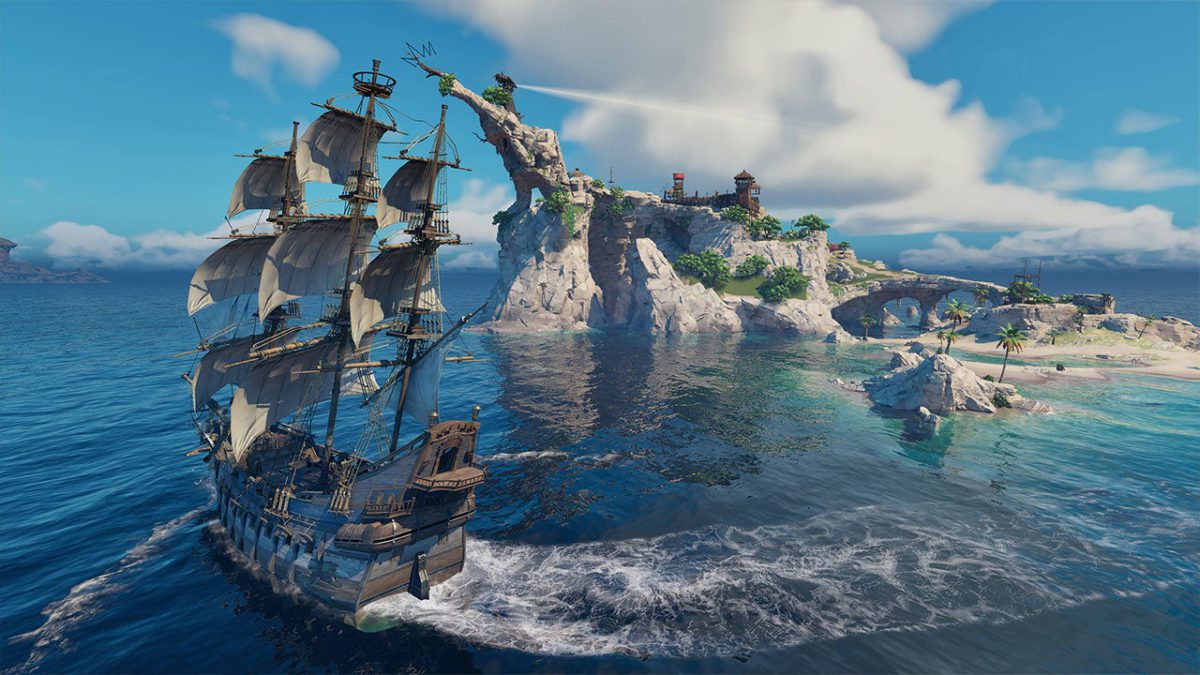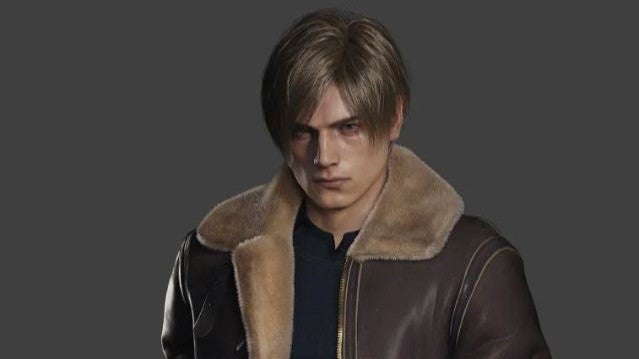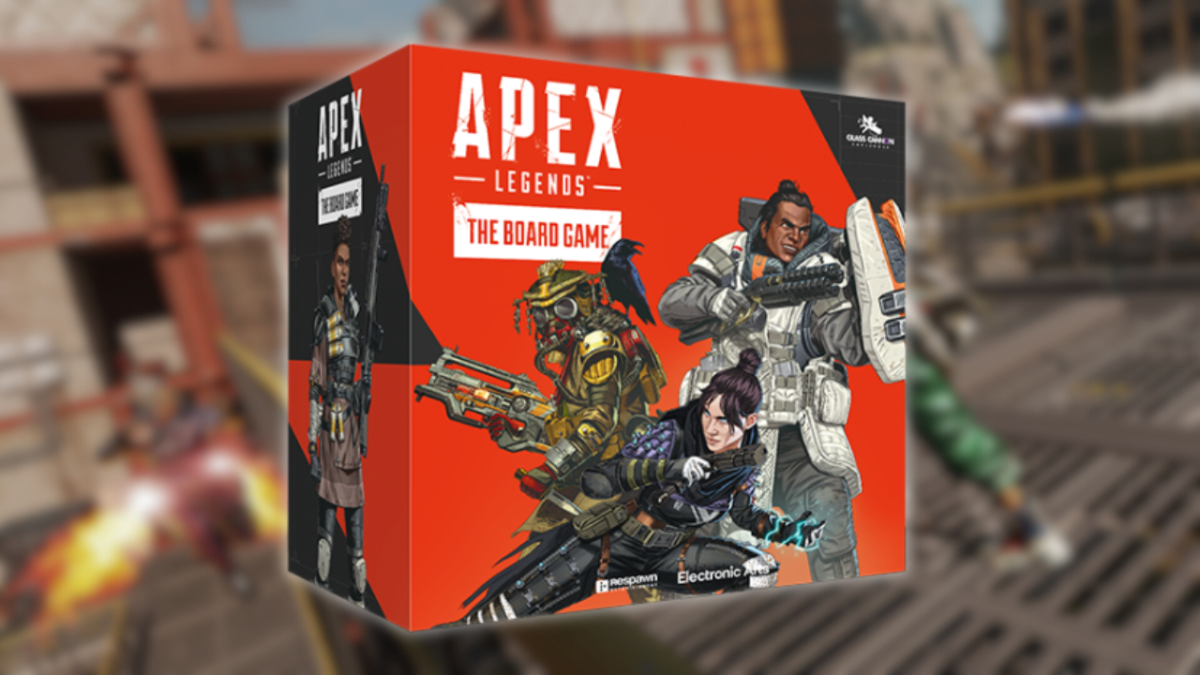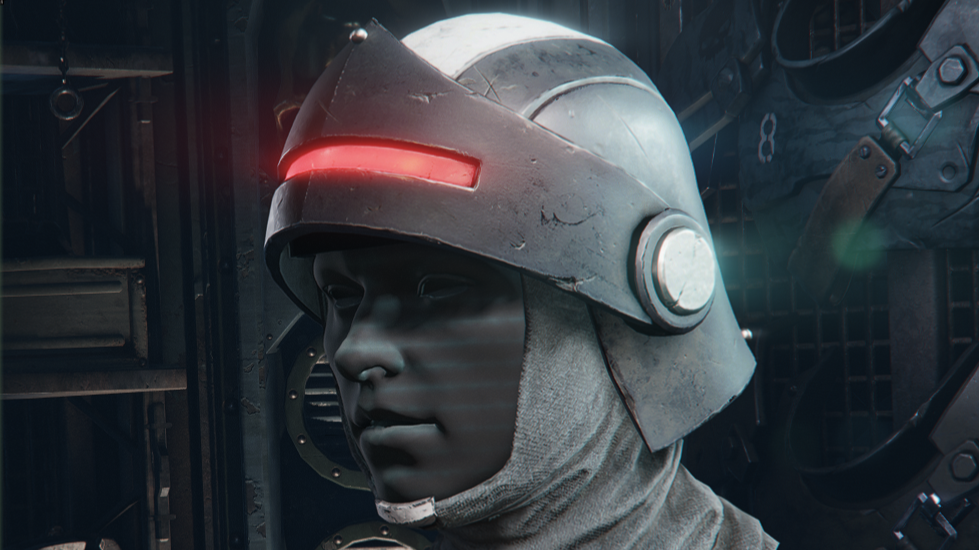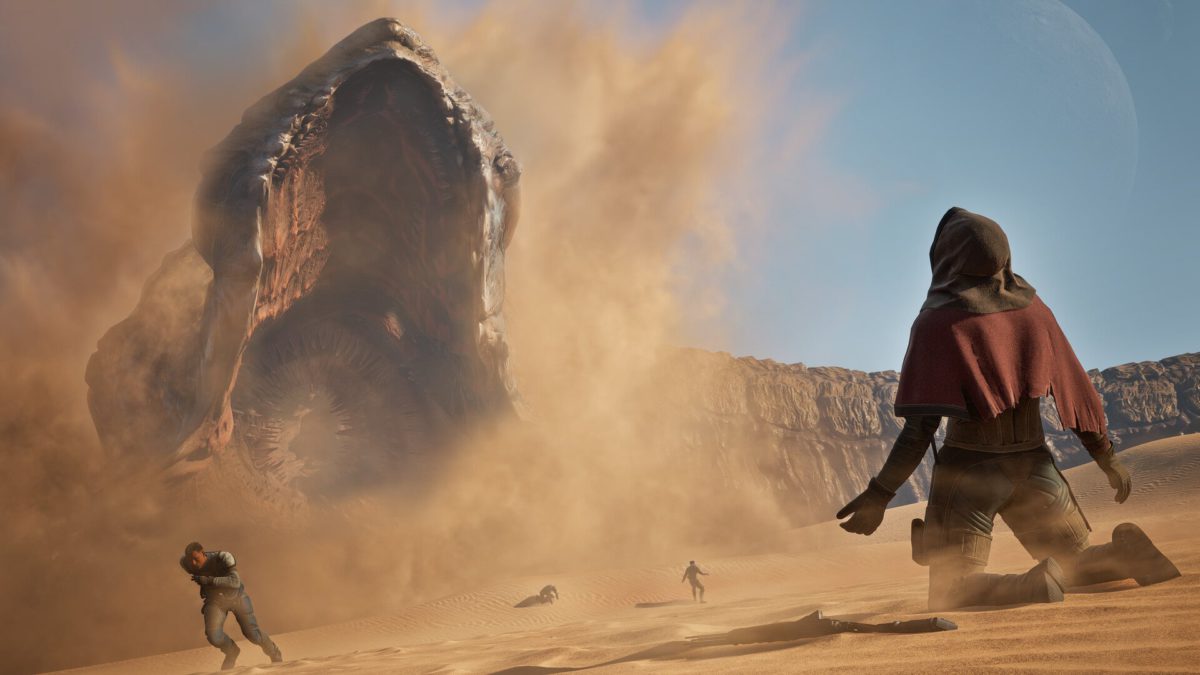
After half a dozen hours in the earliest moments of the upcoming pirate RPG Sea of Remnants, I was left with tons of questions about how this one will ultimately turn out, whether it was the currently barebones turn-based combat system, the convoluted labyrinth of vendors and upgrade paths that reminded me a bit of an MMO, or the story and dialogue that were sometimes difficult to follow given this early build’s lack of English voice acting or reliable subtitles. But one thing that was never in doubt throughout all of that is just how much this colorful, over-the-top adventure is already absolutely dripping with style that’s so unbelievably hard to look away from, it made me eager to see more in spite of those rough edges. Seriously, the cartoonish characters, exaggerated (and often hilarious) animations, and gorgeous menus are some of the coolest I’ve seen since Persona 5, and even when I didn’t understand everything that was happening, I often couldn’t help but smile ear-to-ear. The version I played is so early and unfinished, it’s still pretty hard to tell if this will deliver in plenty of other areas, from gameplay to technical stability, but there’s plenty of time before the unspecific 2026 launch window to iron all that out, and it already has so much unique charm that I’m officially adding this one to my list of games to follow closely.
Before I get into what I liked and didn’t like in my time with Sea of Remnants, it’s worth mentioning again that what I played appeared to be an extremely early build that was quite unfinished and prone to all sorts of bugs and rocky technical performance. I’m used to playing unfinished products months and sometimes years before they see the light of day, but even by that measure, this one felt especially under construction. Menus and dialogue were riddled with placeholder text, crashes and bugs were quite frequent, and the entire thing hadn’t been optimized for non-Mandarin speakers like myself, which often left things lost in translation. For all of these reasons and more, it was more than a little hard to tell how things will pan out, both from a technical perspective and where gameplay is concerned, since many ideas were clearly extremely unbaked. Keep that in mind as you watch this video.
What I do know about Sea of Remnants is that it’s playing in a lot of the same space as Sea of Thieves, with open-world high seas to explore as a pirate crew and islands to visit, filled with loot waiting to be plundered. But it also distinguishes itself with unexpected elements, like the turn-based combat that happens when you’re ashore, or the RPG/MMO mechanics that accompany it – to the point where I’m not even sure what odd blend of genres the final product is shooting for, and every 30 minutes came with another surprise that added to that confusion, like how, late in the demo, I learned there were hundreds of recruitable companions I could take with me on voyages and build bonds with. And this is all without having been able to see any of the planned multiplayer components in action, as this will all apparently be taking place in an online world where you can interact with other pirate captains.
Unfortunately, a lot of the ideas Sea of Remnants threw at me were pretty hard to get a sense for in this build, like the turn-based combat, where my buccaneer crew and I crossed swords and blunderbusses with rival skallywags and local fauna. While beautifully animated, the bits I played were also extremely oversimplified, either due to the section I played being pretty early on in the adventure, or just because it was quite clearly still a work in progress. As a big fan of turn-based battles, I’m hopeful they can flesh out some of the mechanics here to reach the heights of some of my recent favorites like Clair Obscur: Expedition 33 or Like A Dragon: Infinite Wealth, but for now it mostly reminded me of a very stripped-down version of Persona 5.
The good news is that, no matter how unfinished any aspect of Sea of Remnants was, it was consistently and without exception one of the most interesting games I’ve played in a long time. The humanoid characters (all of which are puppets for some reason) have a ton of personality despite their wooden faces, and their exaggerated animations really cracked me up. And despite having Sea of Thieves pirate vibes, I rarely felt like I knew what was going to happen next, like how after beating a giant ape boss on an island and getting back on my boat to go home, I suddenly found myself under attack by that same monkey out for revenge, who now captained his own vessel and blasted me with cannon fire. Then, even though I sent him to Davy Jones’ locker, my ship was sunk moments later anyway in the most silly cutscene imaginable. I still feel like I don’t really understand what it will feel like to play the final product, as it swings so wildly between juggling an inventory of loot, blasting cannons on a boat, and choosing between very confusing dialogue options with various party members, but even though playing through that confusion was often a little unintuitive, I certainly can’t say it wasn’t interesting – quite the opposite.
It was also really nice to see such a unique setting, because although there’s a lot of typical piracy shenanigans you might expect, there are also really strange concepts peppered throughout that kept me on my toes, like how my journey started out with me finding the moon buried beneath the sea (!?), or how the marionette characters apparently lose their memory whenever they’re destroyed on an adventure, but always find themselves back inside the main island of Orbtopia to begin again. There’s also a really distinct punk vibe throughout the entire world, as everything is covered with graffiti and many of the characters act like reckless teenagers who cut class to cosplay as mischievous pirates.
The big question with Sea of Remnants is if its unmistakably cool presentation and interesting hodgepodge of ideas can actually come together into something coherent, and I truly feel no closer to answering that after more than six hours with it. For now, it’s definitely interesting and distinctive enough for me to anxiously wait to see more, but we’ll likely need to wait a fair bit longer before we can get a better feel for how it’s shaping up – especially when it comes to technical performance and the online aspects that were completely absent from this build.
I can definitely see the beginnings of a vision here though, where the punk aesthetic and killer art style play well with over-the-top ship combat and slower, more tactical turn-based battles on foot to create something really special. Plus, we can always use more pirate fantasy in our lives, and I can already tell that this goofy take on the genre will bring a very fresh perspective. Granted, I have no idea how they’ll make online multiplayer, where friends would presumably come along for the ride, work with the turn-based combat and NPC party members. But hey – if they manage to pull it off it sounds like it’d be awesome, and if they don’t at least it’ll be something unique nonetheless.

